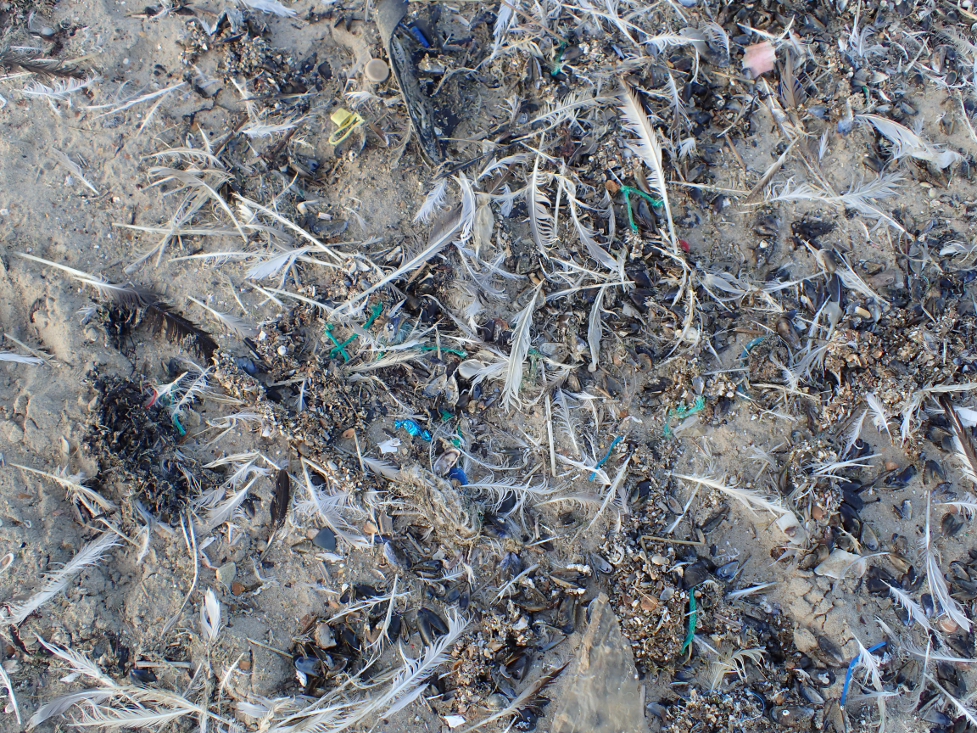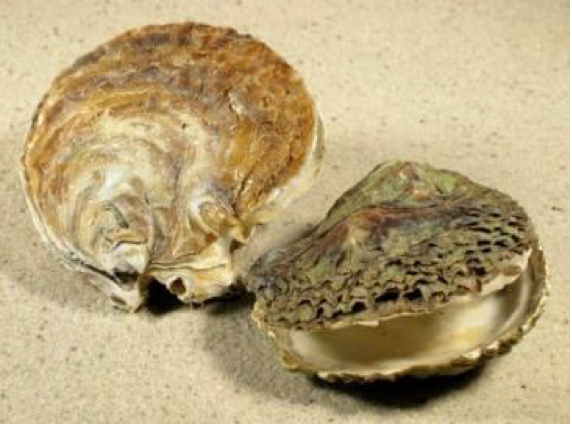The main objective of the European Marine Strategy Framework Directive (MSFD) is to achieve ‘good environmental status’ in the marine environment of all EU member states by 2020. Following the publication of a first assessment of the Belgian marine waters in 2012, 2018 is the next reporting year. The main conclusion of the current assessment is that the desired ‘good environmental status’ has not yet been achieved in the Belgian part of the North Sea. However, a positive evolution is observed for various elements.
After the European launch of the Marine Strategy Framework Directive in 2008, the framework was incorporated into Belgian legislation in 2010, followed by the publication of an initial assessment of the Belgian marine waters (what state of health is the North Sea in?) and a description of the ‘good environmental status’ (what state do we want to achieve?) in 2012. The environmental objectives that were defined allow us to evaluate the progress towards good environmental status. The MSFD provides for a six-yearly review. Based on data collected in monitoring programmes, mainly during the period 2011-2016, a new evaluation could be composed in 2018. In the new report, more than 50 indicators are assessed (grouped into 11 themes or ‘descriptors’), which allow us to gain insight into the current state of health of our North Sea. The results were compiled in a comprehensive report and summarised on a new website.

The Belgian Part of the North Sea
Although the Belgian marine waters, with a surface area of 3454 km², are only the size of an average Belgian province, they are one of the most intensively used stretches of sea on our planet. It is a constant challenge to keep the influence of various human activities (ship transport, fishing, sand and gravel extraction, renewable energy, dredging, water transport, tourism, etc.) on the marine environment within acceptable limits, and thus to ensure a lasting balance between human influence and the preservation of natural values. Given the importance of transboundary currents on the state of the Belgian part of the North Sea, an international approach is also required for many aspects.

The Main Results
- For commercial fisheries, one of the nine reported fish stocks is assessed as being fished fully sustainable (plaice). Seven species report positive developments (cod, whiting, sole, turbot, brill, dab, flounder). Only for lemon sole did the biomass sometimes decrease during the assessment period. The introduction of more ambitious management objectives and a more correct application of the EU Common Fisheries Policy are important explanatory factors.
- Eutrophication (excessive nutrient concentrations in water, potentially leading to algal blooms and oxygen deficiency) remains a problem in almost one third of the Belgian part of the North Sea, particularly in the coastal zone. Due to the currents, however, this does not necessarily result in undesirable phenomena such as oxygen deficiency.
- The concentrations of pollutants in water, biota and sediment still exceed the applicable environmental quality standards. Most non-compliant substances belong to the group of persistent, bioaccumulative and toxic substances. For certain other substances, further elaboration of target values at regional level is appropriate. A positive evolution (i.e. decreasing trends) was noted for various substances but follow-up remains necessary, in particular for copper, which is again widely used in antifouling paint on ships due to the ban of TBT (tributyltin). For most effects of contaminants a reduction is observed or a good assessment is obtained.

- The incidence of fish diseases cannot yet be assessed and the number of oil-covered birds is showing a sharp downward trend, due to a decrease in the number of illegal oil discharges since the launch of an air monitoring programme in 1991.
- The concentrations of contaminants in fish and fishery products for human consumption all meet the European health standard.
- Eight new non-indigenous species were observed during the assessment period, compared to the 42 already identified in the period before 2011.
- For marine litter the situation is still problematic. This element requires considerable attention.

- The effects of energy (including underwater noise) on marine biota are still unclear, although the flight behaviour of marine mammals as a response is abundantly clear. The monitoring of environmental noise will be further elaborated on a regional scale.
- The state of the benthic habitat (the bottom) is not optimal, mainly due to disturbance by bottom fishing and only to a very limited extent, or only locally, by other human activities. The species composition of benthic habitats differs from the reference communities due to the lack of long-lived species.

- A positive trend is observed for thornback ray as an indicator for long-lived species, which illustrates the potential for recovery for such species.
- The environmental targets for seabirds are not met, or the numbers are decreasing with current densities just above the threshold values.
Conclusions
- Good environmental status has not yet been achieved in the Belgian part of the North Sea, although a positive evolution was observed for several elements.
- For certain purposes, further data collection is necessary to reach a conclusion (fish diseases, benthic fauna, seabed litter, …) as monitoring for these aspects was only recently started. Furthermore, for various elements it appears that there is a need for knowledge and scientific support to complete and improve the assessment (litter, underwater noise, cumulative effects, etc.).
- International cooperation remains important as the state of the Belgian waters is largely determined by transboundary currents.
The MSFD monitoring and reporting are coordinated by the Marine Environment Service of the Federal Public Service of Public Health, Food Chain Safety and Environment (DG EM) and the Scientific Service Management Unit of the Mathematical Model of the North Sea (MUMM) of the Royal Belgian Institute of Natural Sciences (RBINS). In addition to RBINS, the following partners also made an important contribution: Institute for Agriculture, Fisheries and Food Research (ILVO), Institute for Nature and Forest Research (INBO) and the Federal Agency for the Safety of the Food Chain (FASFC).
